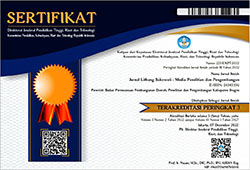KETERJANGKAUAN SPASIAL PUSKESMAS DI PUSAT KOTA SEMARANG MENGGUNAKAN ISOCHRONE
DOI:
https://doi.org/10.32630/sukowati.v6i1.323Keywords:
isochrone, primary health center, spatial reachabilityAbstract
Primary health services highlight the SDG’s global health agenda on the Universal Health Coverage (UHC) target. The SDG’s global health agenda on the Universal Health Coverage (UHC) target requires data coverage on the location of facilities and the population that can be served to ensure everyone gets the health facilities they need. However, in reality, there is a disparity in the availability of infrastructure. Many health facilities are concentrated in urban areas due to accessibility disparities. Disparities in the distribution of population concentrations and availability of primary health center infrastructure can lead to geographic disparities, especially regarding reachability for primary health center users. Analysis of health service reachability on population concentration is needed as a basis for evaluating service reachability. The reachability analysis uses an isochrone map that combines land-use patterns and infrastructure constraints with contour calculations. The analysis of the spatial reachability of this primary health center uses an isochrone map with distance and travel time attributes based on the reference standard. The results of the reachability analysis using an isochrone map show that several residential areas are not covered by the network of primary health center services.
Downloads
Published
How to Cite
Issue
Section
License
Copyright (c) 2022 Henny Widayanti

This work is licensed under a Creative Commons Attribution 4.0 International License.


















